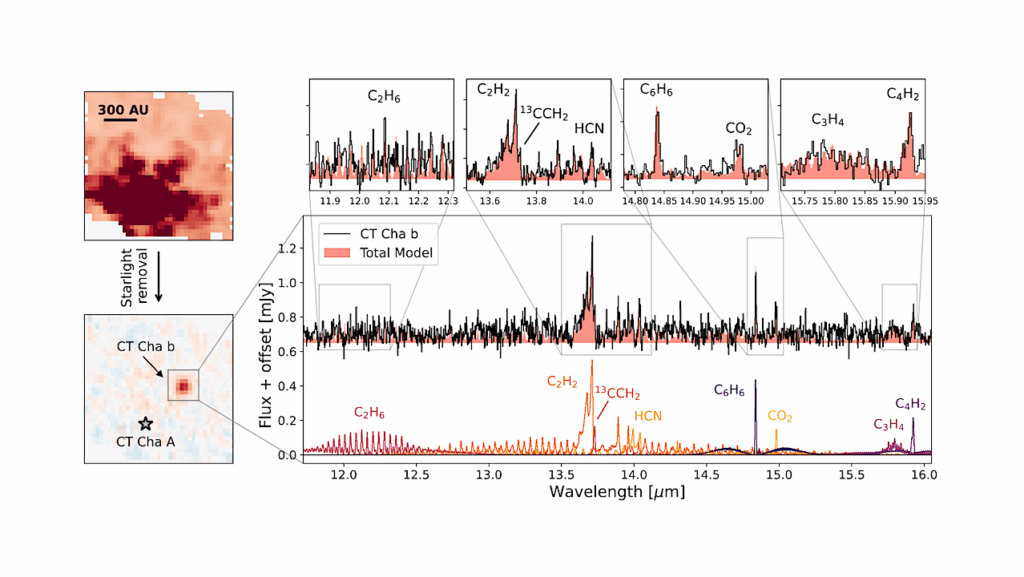Planet Formation and Migration Near the Silicate Sublimation Front in Protoplanetary Disks

The increasing number of newly detected exoplanets at short orbital periods raises questions about their formation and migration histories.
A particular puzzle that requires explanation arises from one of the key results of the Kepler mission, namely the increase in the planetary occurrence rate with orbital period up to 10 days for F, G, K and M stars. We investigate the conditions for planet formation and migration near the dust sublimation front in protostellar disks around young Sun-like stars.
For this analysis we use iterative 2D radiation hydrostatic disk models which include irradiation by the star, and dust sublimation and deposition depending on the local temperature and vapor pressure. We perform a parameter study by varying the magnetized turbulence onset temperature, the accretion stress, the dust mass fraction, and the mass accretion rate. Our models feature a gas-only inner disk, a silicate sublimation front and dust rim starting at around 0.08 au, an ionization transition zone with a corresponding density jump, and a pressure maximum which acts as a pebble trap at around 0.12 au.
Migration torque maps show Earth- and super-Earth-mass planets halt in our model disks at orbital periods ranging from 10 to 22 days. Such periods are in good agreement with both the inferred location of the innermost planets in multiplanetary systems, and the break in planet occurrence rates from the Kepler sample at 10 days. In particular, models with small grains depleted produce a trap located at a 10-day orbital period, while models with a higher abundance of small grains present a trap at around a 17-day orbital period. The snow line lies at 1.6 au, near where the occurrence rate of the giant planets peaks. We conclude that the dust sublimation zone is crucial for forming close-in planets, especially when considering tightly packed super-Earth systems.
Mario Flock, Neal J. Turner, Gijs D. Mulders, Yasuhiro Hasegawa, Richard P. Nelson, Bertram Bitsch
(Submitted on 9 Oct 2019)
Comments: A&A in press, MPIA press release 10.10.2019
Subjects: Earth and Planetary Astrophysics (astro-ph.EP); High Energy Astrophysical Phenomena (astro-ph.HE); Solar and Stellar Astrophysics (astro-ph.SR)
Cite as: arXiv:1910.03901 [astro-ph.EP] (or arXiv:1910.03901v1 [astro-ph.EP] for this version)
Submission history
From: Mario Flock
[v1] Wed, 9 Oct 2019 11:21:55 UTC (3,472 KB)
https://arxiv.org/abs/1910.03901Astrobiology








